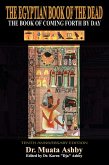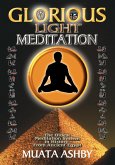The tomb of Tutankhamun, discovered in 1922 in the Valley of the Kings in Luxor (Egypt) by Howard Carted, yielded over 5000 items. Among the vast number of richly embellished precious objects, such as the solid gold coffin and mask, were also more mundane objects, including the hitherto unpublished basketry objects. Baskets, the 'plastic bags' of the ancient world, were used for storage of all sorts of things, including food, clothing and jewellery, and many that were found in the tomb retained their original contents.The present work describes and illustrates the basketry and basketry boxes from the tomb in detail, giving attention to the technology, material, shape, decoration, as well as their contents. The analysis contextualises the basketry in a wider framework, comparing it with other examples and the visual record, with regard to the technology used to make them and their uses.The book will be of interest for those interested in basketry, ancient technology, daily life and burial customs in ancient Egypt and is written for a wide audience.ContentsPreface1. Introduction1.1. Tutankhamun's Tomb: Contextualising the Basketry1.2. The Post-Excavation Peregrinations of the Baskets and Numbering Issues2. A Basket's Life2.1 Baskets, Boxes, and Bottles: Shapes and Sizes2.2 The Uses and Roles of Baskets3. Tutankhamun's Baskets4. Uncoiled: How to Study Baskets5. Repairing the Wear and Tear: Conservation and Restoration6. What Makes a Basket: Basketry Technology6.1. Materials6.1.1. Introduction6.1.2. Identification of Materials (by Lucy Kubiak-Martens)6.2. Manufacturing Coiled Basketry6.2.1. Introduction6.2.2. Stitches6.2.3. Start and Finish of a Basket and Lid6.2.4. Decorating Basketry6.3. Manufacturing Basketry Boxes7. No Eggs in These Baskets: the Contents of the King's Baskets7.1. Introduction7.2 Nuts and Berries: A Healthy Diet8. Beyond Tutankhamun's Tomb: Comparative Basketry9. Discussion and ConclusionsAppendix II.1 Examined Material from the TombI.2 Carter's DescriptionsI.3 Tutankhamun's Basketry BoxesI.4 ComparandaAppendix IIII.1 TablesII. 2 ConcordanceGlossaryBibliography
Hinweis: Dieser Artikel kann nur an eine deutsche Lieferadresse ausgeliefert werden.
Hinweis: Dieser Artikel kann nur an eine deutsche Lieferadresse ausgeliefert werden.

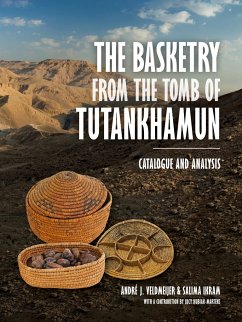
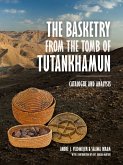
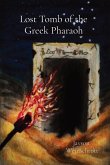
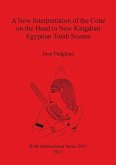

![THE HISTORICAL & TECHNICAL SCIENCES FOR DISCOVERY OF THE SECRET TOMB OF EMPEROR CHINGGIS QA'AN FOUNDER OF THE MONGOL EMPIRE [including] A GEOPHYSICAL ANALYSIS OF MOUNTAIN X THE HISTORICAL & TECHNICAL SCIENCES FOR DISCOVERY OF THE SECRET TOMB OF EMPEROR CHINGGIS QA'AN FOUNDER OF THE MONGOL EMPIRE [including] A GEOPHYSICAL ANALYSIS OF MOUNTAIN X](https://bilder.buecher.de/produkte/63/63213/63213773m.jpg)
